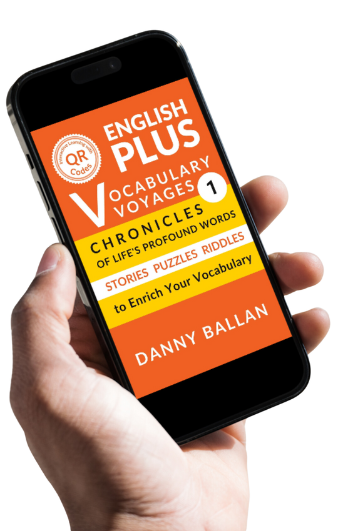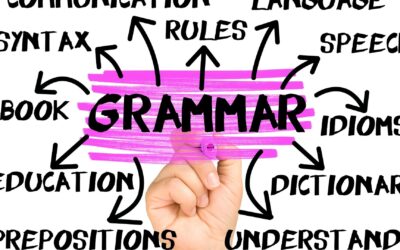Practice Worksheet
Download PDF Link
Transcript
Present Continuous and Present Simple
Stative Verbs
like – want – need – prefer – know – realize – understand – recognize – believe – suppose – remember – mean – belong – fit – contain – consist
Examples
I’m hungry. I want something to eat.
Do you understand what I mean?
Anna doesn’t seem very happy right now.
Think
Think = believe | have an opinion = stative
I think Mary is Canadian, but I’m not sure.
What do you think of my idea?
Think = consider = action
I’m thinking about what happened.
Nicky is thinking of giving up her job.
see | hear | smell | taste | look | feel
Examples
Do you see that man over there?
The room smells. Let’s open a window.
This soup doesn’t taste very good.
You look well today. / You’re looking well today.
How do you feel now? / How are you feeling now.
I usually feel tired in the morning.
I’m usually feeling tired in the morning.
am/is/are being
Examples
I can’t understand why he’s being so selfish.
‘The path is icy. Don’t slip.’ ‘Don’t worry. I’m being very careful.’
He never thinks about other people. He’s very selfish. NOT he’s being
I don’t like to take risks. I’m a very careful person. NOT I’m being
Sam is ill. NOT is being ill.
Are you tired? NOT are you being tired.











0 Comments